Domžale Straw Hat Museum
A wonderful museum dedicated to the local straw hat industry.
Just how exciting can a museum of straw hats really be? As it turns out, much more than you might expect. This tiny museum is not just an exhibition about making straw hats with a few samples on display. Rather, it offers a glimpse into the glory days of the Slovenian town of Domžale.
Domžale was once a thriving textile hub, known far and wide for its straw hat production. And this was no small industry: Before the Second World War, it was customary in the West to wear hats when outdoors, and straw hats were preferred in hot weather or while working.
The town began as a tiny village with access to fields of wheat, the straw from which was used to produce hats and baskets and other dry goods. The straw was set aside and dried. In foul weather or winter months, local families would braid the straw together into usable threads, called butarice, which could then be sewn in the hats. These woven braids were either used at home to prepare finished products, or were sold to factories.
In the late 19th century, some of the wealthier Hapsburg mercantile families, mostly of Austrian or German descent, moved to Domžale and found wives there, then set up factories for making straw hats. Around 1900, there were 25 straw hat factories of varying size in tiny Domžale, with around 1,000 people employed. The town population rose from around 1,200 in the mid-1800s to over 2,100 by 1920, and those factories produced around one million straw hats a year.
Subsidiary factories opened in Vienna, Budapest, Bucharest, Prague, Florence, and as far away as New York. In fact, 390 residents of Domžale moved to the United States, headhunted because of their expertise in straw hat making. Many of the best straw hat makers were women, and the museum displays photos of Domžale ladies teaching a factory full of Americans how to sew butarice.
The last Domžale factory, Univerzale, closed down in 2003, after 130 years in business. Now, straw hat making is just a boutique art form practiced by a few enthusiastic locals, a reminder that sometimes the smallest of towns can have a big impact on history.
Know Before You Go
Open Tuesday through Saturday. Entrance is free. The museum also hosts events and a Straw Hat Fair each June.
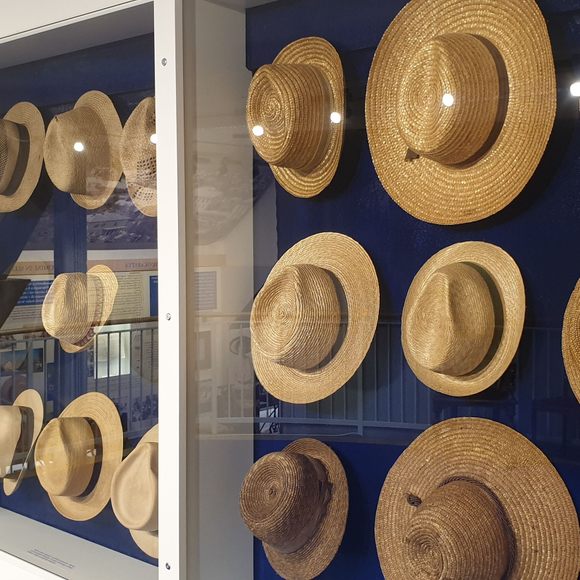

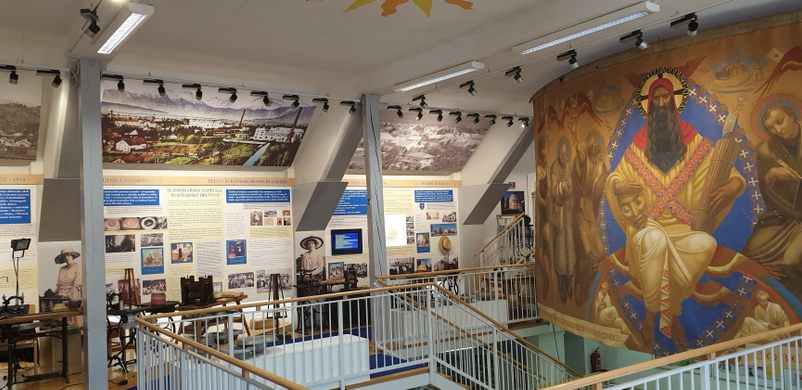
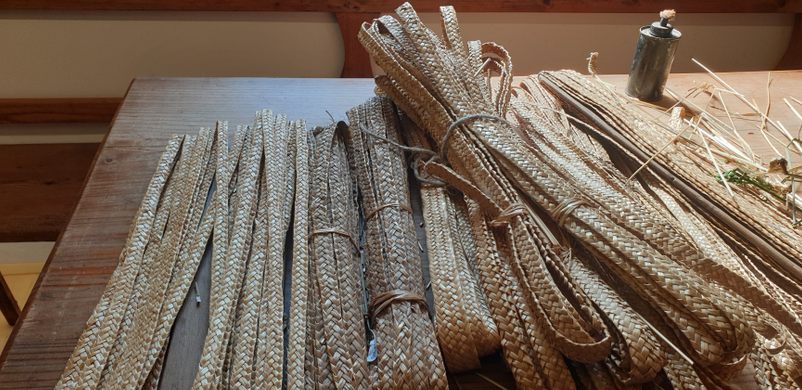
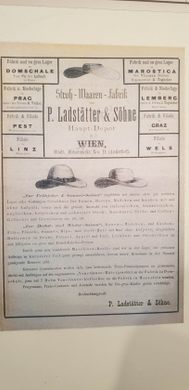









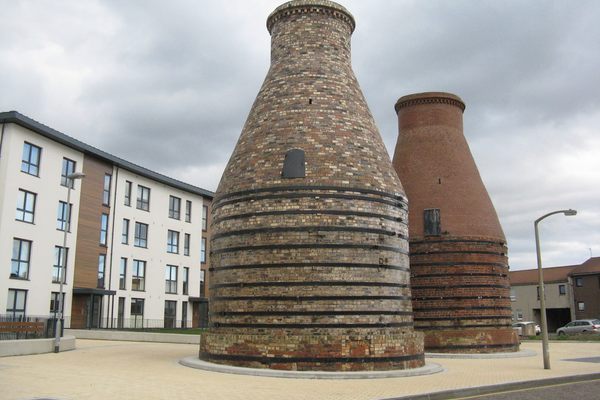
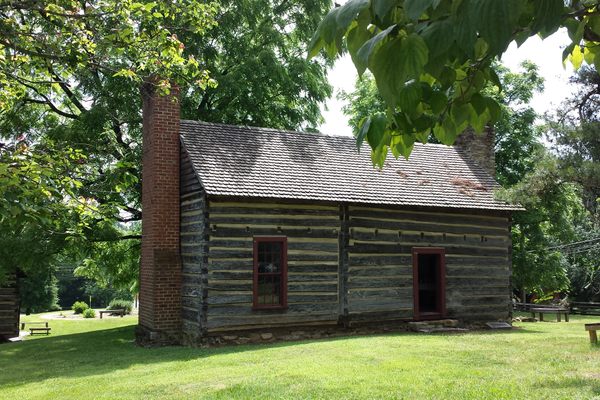

Follow us on Twitter to get the latest on the world's hidden wonders.
Like us on Facebook to get the latest on the world's hidden wonders.
Follow us on Twitter Like us on Facebook